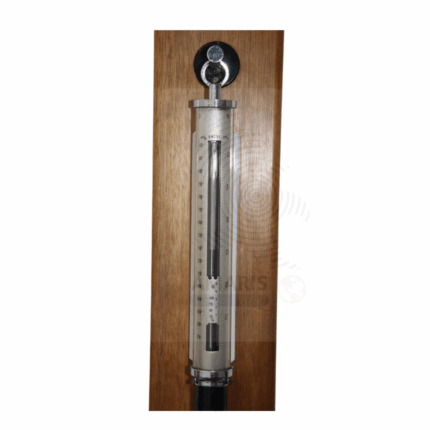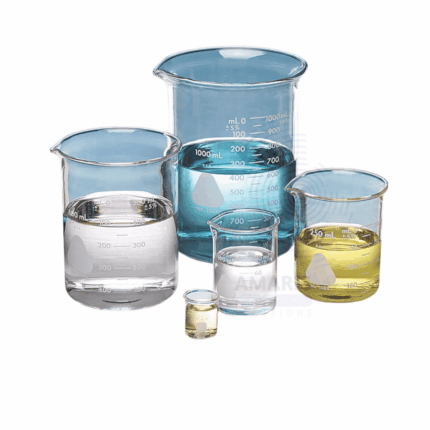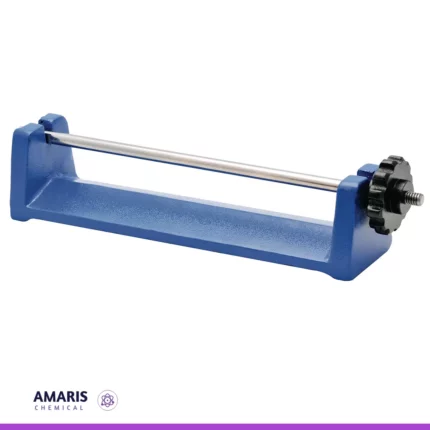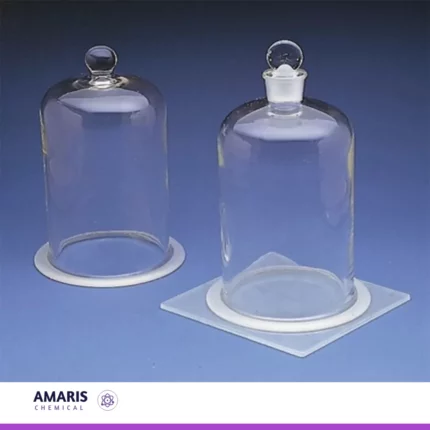“Boric Acid 25kg” has been added to your cart. View cart
Related products
Aspirator Bottle Glass
A laboratory aspirator glass bottle, also known as a vacuum aspirator bottle or a vacuum filtration flask, is a specialized glass container used in scientific laboratories for various applications. It is designed to create a vacuum or negative pressure, which allows the filtration of liquids through a porous medium like a filter paper or a membrane.
The bottle typically has a conical or pear-shaped body with a sidearm or neck near the top. This neck is where a rubber or silicone stopper is inserted, allowing for the attachment of tubing or a hose to connect to a vacuum source or water aspirator. (Available in 2.5l,5l,10l,)
Laboratory aspirator glass bottles are commonly used in vacuum filtration processes to separate a solid precipitate from a liquid solution. When connected to a vacuum source, the air inside the bottle is removed, creating a pressure difference that draws the liquid through the filter, leaving the solid behind on the filter paper.
These bottles come in various sizes to accommodate different filtration needs and are an essential tool in many research, analytical, and quality control laboratories for tasks like separating particulate matter, sterilizing solutions, and performing various filtration techniques. They are often made of durable borosilicate glass to withstand the pressure changes and chemical interactions that may occur during laboratory operations.
Balance Bathroom Scale
$0.01
Barlows wheel apparatus
$0.01
The Barlow's wheel apparatus is an experimental device used to demonstrate the conversion of electrical energy into mechanical energy through electromagnetic principles. It consists of a horizontal wheel or disk with radial metal spokes attached to its center. The wheel is mounted on an axle, allowing it to rotate freely.
bell in vacuum
$0.01
A "bell in vacuum" apparatus is a scientific setup used to demonstrate the effects of reduced air pressure (vacuum) on sound transmission. It typically consists of a bell or sound-producing object enclosed within a sealed chamber from which air has been removed, creating a low-pressure environment. This apparatus is designed to illustrate how sound travels differently in a vacuum compared to in normal atmospheric conditions, highlighting the role of air molecules in sound propagation.
Bell Jar with knob
$0.01
The best definition of a bell jar apparatus is a scientific instrument used in laboratories to create a controlled environment for various experimental purposes, such as studying the behavior of gases, conducting vacuum experiments, or demonstrating principles of physics and chemistry. It consists of a glass or transparent plastic container shaped like a bell, which can be sealed to create a vacuum chamber. The apparatus allows researchers to manipulate and observe the interactions of substances or objects within the vacuum or controlled atmosphere, often enabling investigations that wouldn't be possible under standard atmospheric conditions.
Bernoulli Tube Apparatus
$0.01
The Bernoulli tube apparatus, also known as a Venturi tube apparatus, is a scientific device used to demonstrate the principles of fluid dynamics, particularly the Bernoulli's principle. It consists of a specially shaped tube with a constricted region, often referred to as a Venturi section. When fluid (liquid or gas) flows through the tube, the constricted section leads to changes in pressure and velocity according to Bernoulli's principle, which states that as the velocity of a fluid increases, its pressure decreases and vice versa. This apparatus is commonly used in educational settings to visually illustrate how the flow of a fluid can affect its pressure, helping to explain various phenomena like lift in aircraft wings, fluid flow through pipes, and more.
























